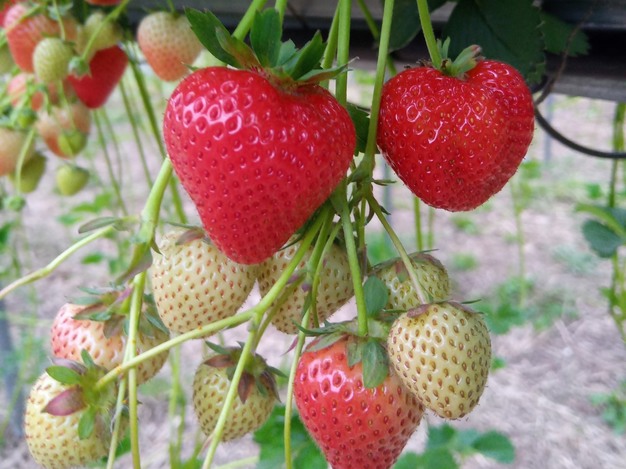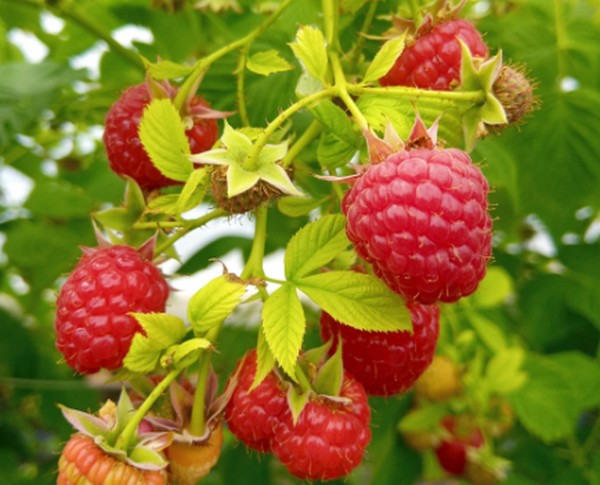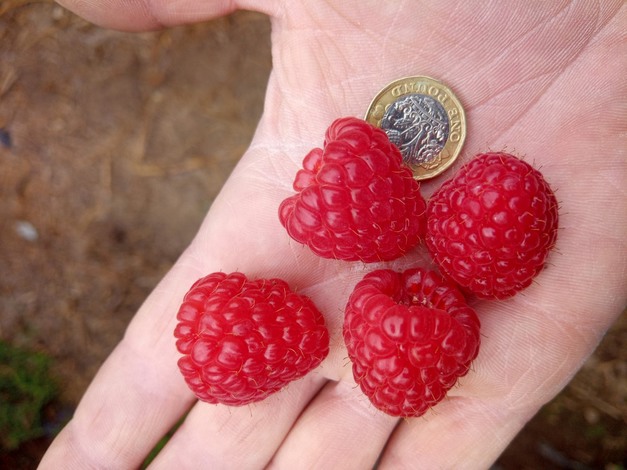The strawberry season is all but finished at Fife Fruits in Cupar, Scotland; the final picking will take place this week.
The season got off to a good start with the early varieties, and the hot, sunny weather in June saw good yields, but the good weather did not last long.
"The second half of the season was not so good," said Robert Simpson from Fife Fruits. "We seem to have had wet, dull weather for months. August and July were mild but unsettled. This meant that yields across the board were less than expected. This type of weather also leads to more pests and diseases in the tunnels. When it is hot and dry, picking is clean and easy, but humidity causes rots and makes picking more difficult, and good quality is harder to achieve."

The Scottish and English strawberry seasons should complement each other in an ideal season, but early in the season, it was feared that due to the good weather in June, they would clash. As it turned out, this didn't materialize, and the seasons worked reasonably well together.
According to Robert, demand overall has been good. Strawberries are seen as a staple fruit in the summer months, but as we move into September, demand falls off as there is more choice on the shelves, and people look towards other fruits, vegetables, and potatoes.

"Although strawberries are seen as a staple, this cannot be said for other soft fruits like raspberries, blueberries, or blackberries. This may be down to cost, and certainly, raspberries are more expensive to grow as they are more labor intensive, and labor is our biggest cost.
"For us growers, the returns from retailers are low, and no one is making money, this is more acute with raspberries and blueberries. It is only logical that growers will grow less of these fruits. This year, it has been challenging to find Scottish raspberries on the shelves, this is very sad as in our area, we are well known for growing great quality raspberries, and Scotland as a whole has a great reputation for producing high-quality fruit."
Robert said they are already looking at their options for next year and what fruit is viable to grow.

"One positive on the raspberry front that keeps us striving on with the crop is the quality and size of some of the varieties we are growing now, shown above, and the really positive feedback we do get from people that try them and buy them, often telling us they are the best they have tasted.
"Is it that consumers are guided on price rather than origin or that retailers are importing more fruit?" asks Robert. "We also sell to local grocers and at the farmgate and see a big demand for our fruit at these sales points, so there are some people who see the benefits of buying local."
For more information: Robert Simpson
Robert Simpson
Fife Fruits
Tel.: +44 1334 655024
[email protected]
www.fifefruits.co.uk
